Do you ever look at a piece of art and wonder what makes it so captivating?
What is it about a painting or sculpture that draws your eye and keeps you staring?
We all love delving into our crafts whether it's painting, sculpting, photography, or whatever creative outlet lets your freak flag fly.
But did you know there's actually a core set of fundamentals that all visual expression is built upon?
Yep, art historians and theorists have uncovered the seven basic building blocks that make up any work of art.
Think of them like the seven notes that make up any melody, or the primary colors that mix to create infinite hues - they are the DNA of design.
From painting and sculpting to photography and design, there are seven fundamental elements that appear time and again in works of art across disciplines.
In this post, we'll dive deep into each element - line, shape, form, space, color, texture, and value - exploring their definitions, demonstrating their usage through famous examples, and offering hands-on exercises so you can start applying them to your own creative process.
By learning to harness the power of these basic building blocks, you'll elevate your artistic eye and boost your ability to compose dynamic works that really pop.
Get ready to unlock your creative potential and elevate your craft as we reveal the seven elements of art!
Pull up a stool, grab your sketchbook, and get ready for an illuminating art history lesson unlike any you've had before!
Key Takeaways:
- Understand the seven elements of art as the essential components of any artwork.
- Learn how each element contributes to the overall impact and meaning of an art piece.
- Gain insights into how artists use these elements to communicate ideas and evoke emotions.
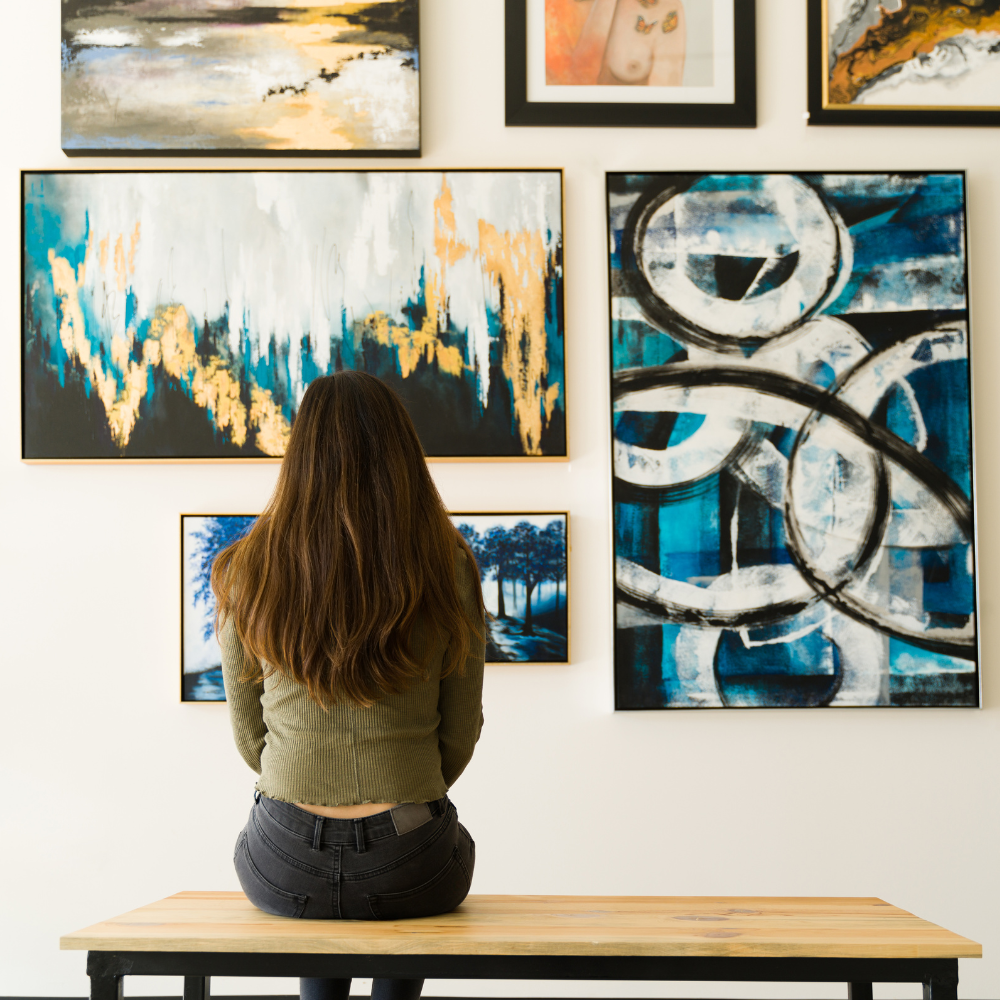
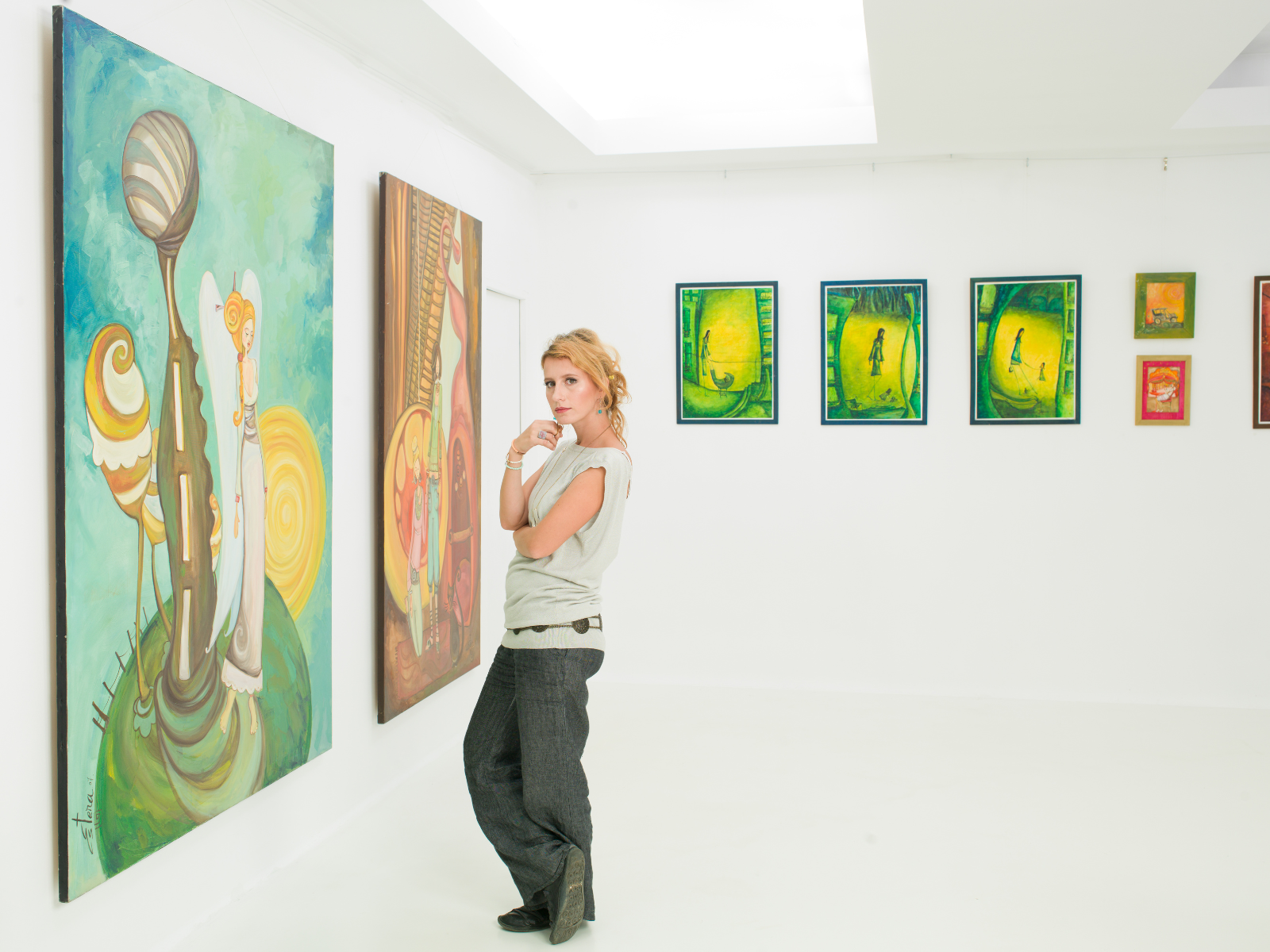
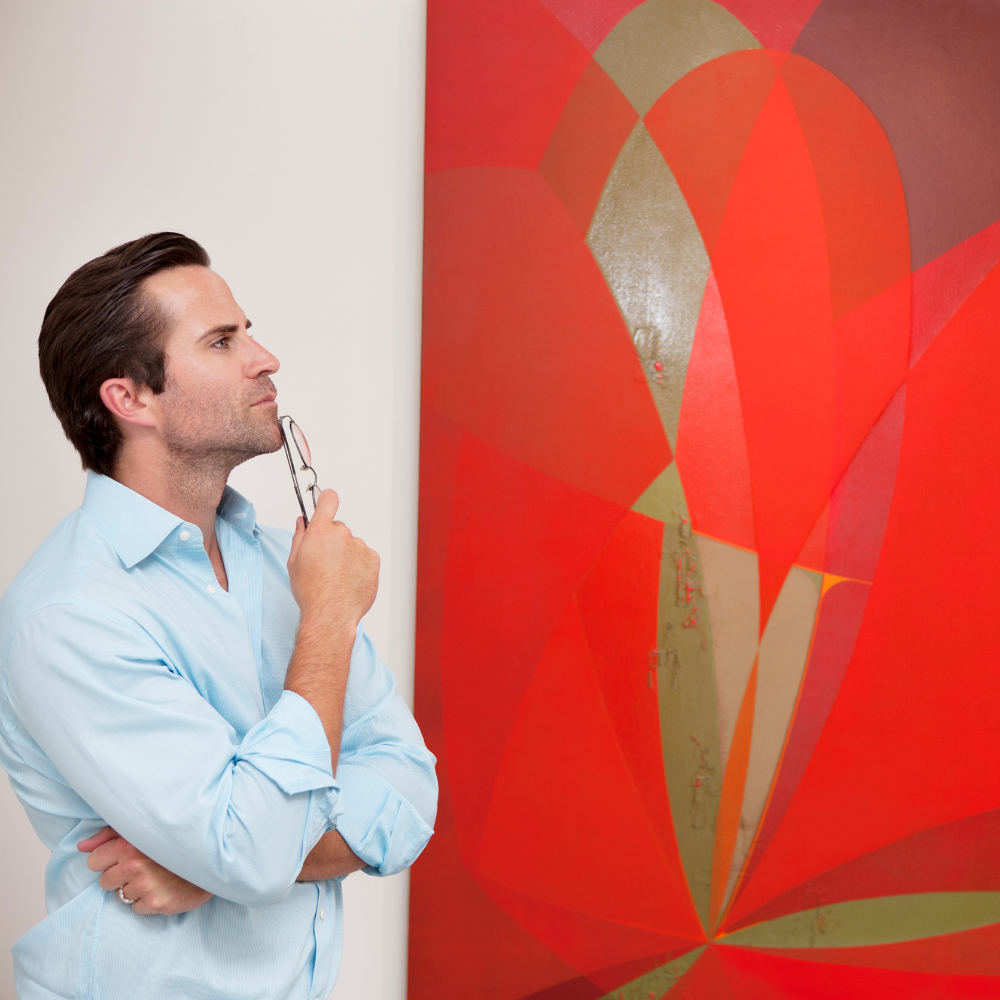
Art 101
Art is a language of visual communication that transcends cultural and linguistic barriers.
At the core of this language are the seven elements of art, which are the building blocks used by artists to create and convey meaning within their work.
These elements are line, shape, form, space, color, value, and texture.
Each element plays a pivotal role in the creation of an artwork, influencing its composition, aesthetic appeal, and the message it communicates to the viewer.
By understanding and mastering these elements, artists are able to create works that are visually engaging, emotionally impactful, and thought-provoking.
Line: The Starting Point of Creation
The line is often considered the most basic of the seven elements of art.
It is the path created when an object moves from one point to another.
Lines can be thick or thin, straight or curved, and can vary in length and direction.
They are used to create patterns, outline shapes, divide space, and can even convey movement and emotion.
For example, artists may use jagged lines to express turmoil or smooth, wavy lines to evoke a sense of calm.
Lines are the foundation upon which artists build the rest of their work, making them one of the essential components of any art piece.
Shape: Defining Boundaries
Shapes are two-dimensional areas with a recognizable boundary.
They are created when lines meet to form a closed contour.
Shapes are categorized into two types: geometric shapes, which include circles, squares, and triangles, and organic shapes, which are free-flowing and irregular, often found in nature.
Shapes are fundamental in creating a focal point within an artwork and can be used to add depth and complexity.
For instance, geometric forms can suggest order and stability, while organic forms often appear more natural and spontaneous.
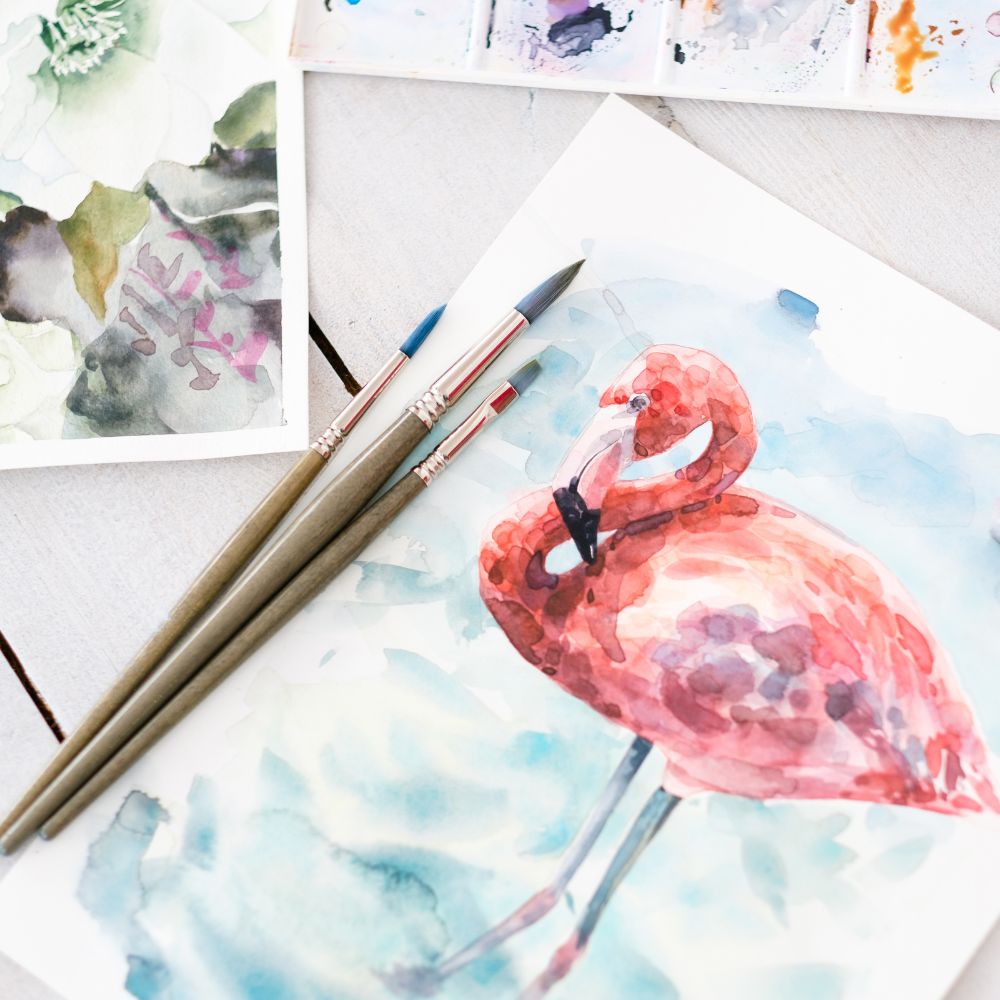


Form: Bringing Art to Life
Form refers to objects that are three-dimensional, having length, width, and depth.
Forms can be geometric forms, like cubes and spheres, or organic forms, which are more complex and less symmetrical.
In three-dimensional works, form is inherent.
However, in two-dimensional artworks like paintings, artists use techniques such as shading and perspective to give the illusion of form.
The careful use of form can make an image appear more realistic and can add visual interest to an art piece.
Space: The Art of Illusion
Space in art refers to the area around, between, and within objects.
It can be positive space, which refers to the space occupied by the main subjects, or negative space, which is the area around and between those subjects.
Artists manipulate space to create depth, perspective, and to draw the viewer's eye to the focal point of the artwork.
For example, by using a technique called contrast, artists can make certain elements stand out, guiding the viewer's perception of space within the artwork.
The Interplay of Positive Space and Negative Space
Positive space refers to the area in a piece of art that attracts the viewer's eye—it's where the subject or main elements reside.
Conversely, negative space is the background or the area that surrounds the subject, often shaping the positive space and giving it form.
The artist's manipulation of positive and negative space is crucial in creating a balanced composition.
By adjusting the relationship between these two spaces, artists can guide the viewer's eye through the artwork, creating rhythm and emphasizing certain aspects of their work.
In three-dimensional works, the concept of positive and negative space becomes even more pronounced.
A sculpture, for example, is a three-dimensional object that occupies physical space, but the areas around and within it—the negative space—play a significant role in defining the sculpture's presence and impact.
The interplay between these spaces can make a static object appear dynamic, as the viewer's perspective changes with their movement around the piece, offering a complex visual experience that flat, two-dimensional works cannot provide.
The Harmony of Line, Shape, and Form
Line, shape, and form are basic elements that serve as the building blocks of art.
Lines can be straight, curved, or free-flowing, and they can vary in width, direction, and length. They are the first marks moving from a point to another, creating contours and outlines.
When a line meets others, it forms a shape—these can be geometric, like basic shapes such as squares and circles, or organic, resembling forms found in nature.
Shapes are two-dimensional, having height and width, and they lay the groundwork for creating form.
Form takes shape to the next level by introducing depth, making an object appear three-dimensional.
Through the use of shading and perspective, artists communicate volume and space, transforming flat shapes into forms that pop out of the canvas.
This illusion of a three-dimensional object on a two-dimensional surface is a testament to the artist's skill in manipulating these basic elements.
The viewer's eye perceives depth, and the interplay of line, shape, and form together with the other elements of art, creates a harmonious and engaging visual experience.
Color: The Spectrum of Emotion
Color is perhaps the most expressive of the seven elements of art.
It can convey mood, create patterns, and even affect the psychological response of the viewer.
Color theory is a complex field that examines how different colors interact and the effects they have on each other.
The color wheel is a fundamental tool for artists to understand the relationships between colors.
Hue, saturation, and value are all aspects of color that artists consider when choosing their palette to evoke the desired response from the viewer.



Value: The Impact of Light and Dark
Value refers to the perceivable lightness or darkness of a color.
It is what gives us the lightest value, often called the highlight, to the darkest value, known as the shadow.
Artists use the value scale to create depth, form, and to add texture to their work.
By varying the values, artists can suggest volume and create the illusion of light falling on an object.
Value is crucial in black and white images, where it is the primary tool for conveying contrast and visual interest.
Texture: The Sense of Touch
Texture refers to the surface quality of an artwork.
It can be actual, created through materials like thick paint or texturing compounds, or implied, suggested visually through the use of careful brushwork.
Texture can add depth and tactile interest to an artwork, making it seem as though you could reach out and touch it.
Artists use texture based on the nature of the materials they are working with and the effects they want to achieve.
For example, using bubble wrap to add texture to paint can create patterns that add a unique dimension to the art piece.
The Power of the Seven Elements of Art
We've explored the seven essential elements of art, from line to color to texture.
As you can see, these basic building blocks are integral to understanding and creating any work of visual expression.
By mastering each element and leveraging their interplay, artists create works that speak volumes without saying a word.
The seven elements of art are the foundational building blocks that artists use to create and communicate through their work.
The way they work together to create a finished piece is what sets the best pieces apart from the rest.
Line, shape, form, space, color, value, and texture each play a distinct role in the composition of an artwork, influencing its visual impact and the message it conveys.
By understanding these elements, viewers can gain a deeper appreciation for the intricacies of art and the creative decisions that go into producing a good artwork.
Artists, on the other hand, manipulate these elements in many different types of art to express their ideas, evoke emotions, and engage the viewer's eye.
So, next time you admire a piece of art, take a moment to appreciate the seven elements that went into its creation.
Think about how they work together and how each element contributes to the overall impact and meaning of the artwork.
And if you're an artist yourself, keep these fundamentals in mind as you embark on your creative journey - remember, they are the foundation upon which all visual expression is built.

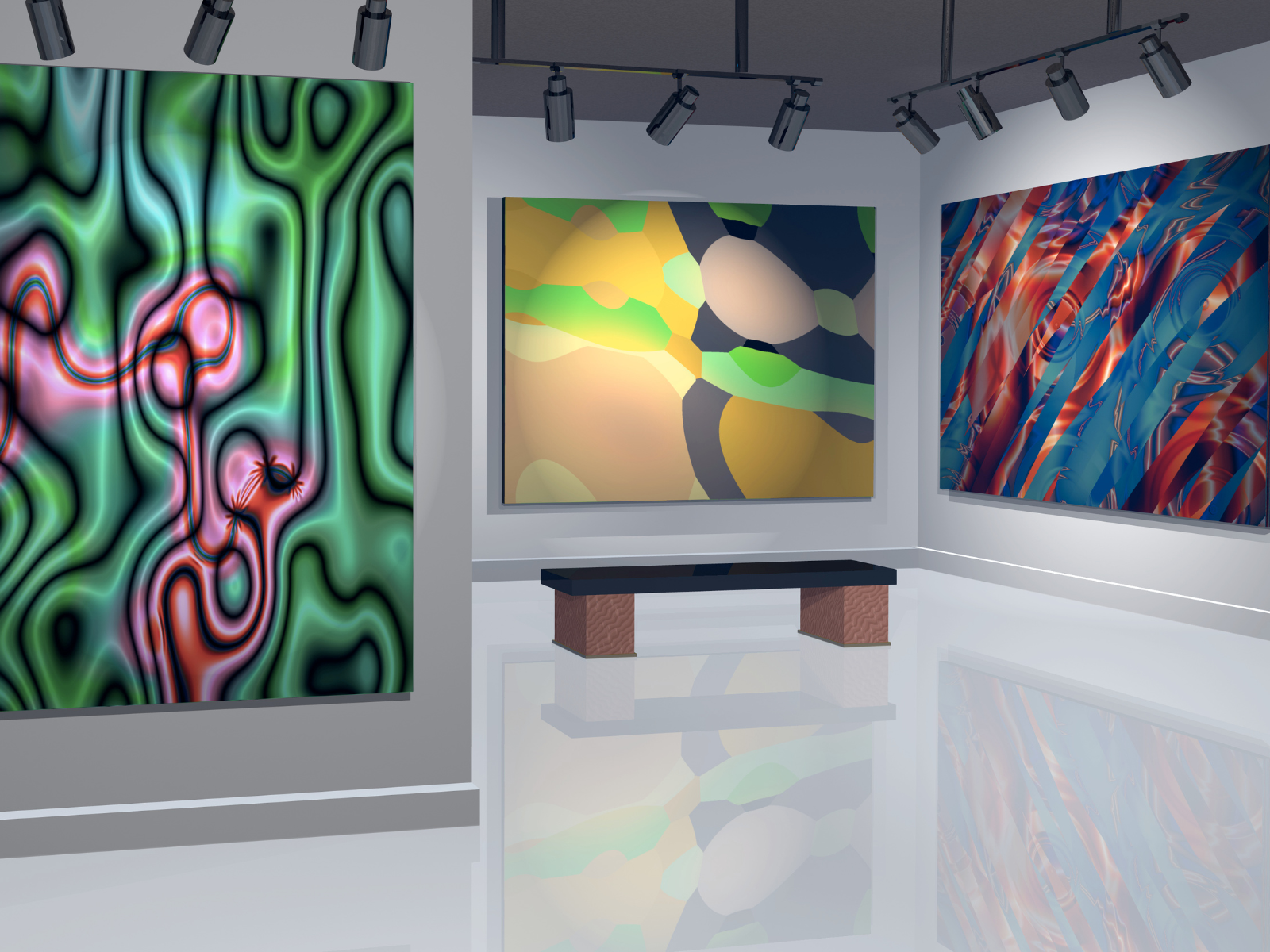

Art Elements FAQs
If you still have questions about the seven elements of art, here are some frequently asked questions that may help clarify any confusion.
Why are the seven elements of art important?
The seven elements of art are important because they are the basic components that artists use to build and structure their work. They help in creating a language of visual communication that allows the artist to communicate ideas, evoke emotions, and create a sense of harmony within the artwork.
Can the elements of art be used individually?
While each element can be focused on individually to study its effects, in practice, they are often used in combination. Artists blend these elements to create more complex and nuanced artworks. The interaction between the elements can produce different effects and contribute to the overall unity of the piece.
How do the elements of art relate to the principles of design?
The elements of art are the raw materials used in the creation of an artwork, while the principles of design are the ways these elements are organized and arranged. Principles such as balance, contrast, emphasis, movement, pattern, rhythm, and unity work in conjunction with the elements to create a cohesive and engaging art piece.



Ready to dive deep into the Art Elements? Check out Jescia Hopper's video!
Want even more content about creativity and art?
Be sure to check out all of our creative chronicles!
Eager to explore art, creativity, and critiquing?
Check out some of our other articles:
-What are the 7 fundamentals of art?
-What are the four most important elements in art?
-Giving and receiving feedback










